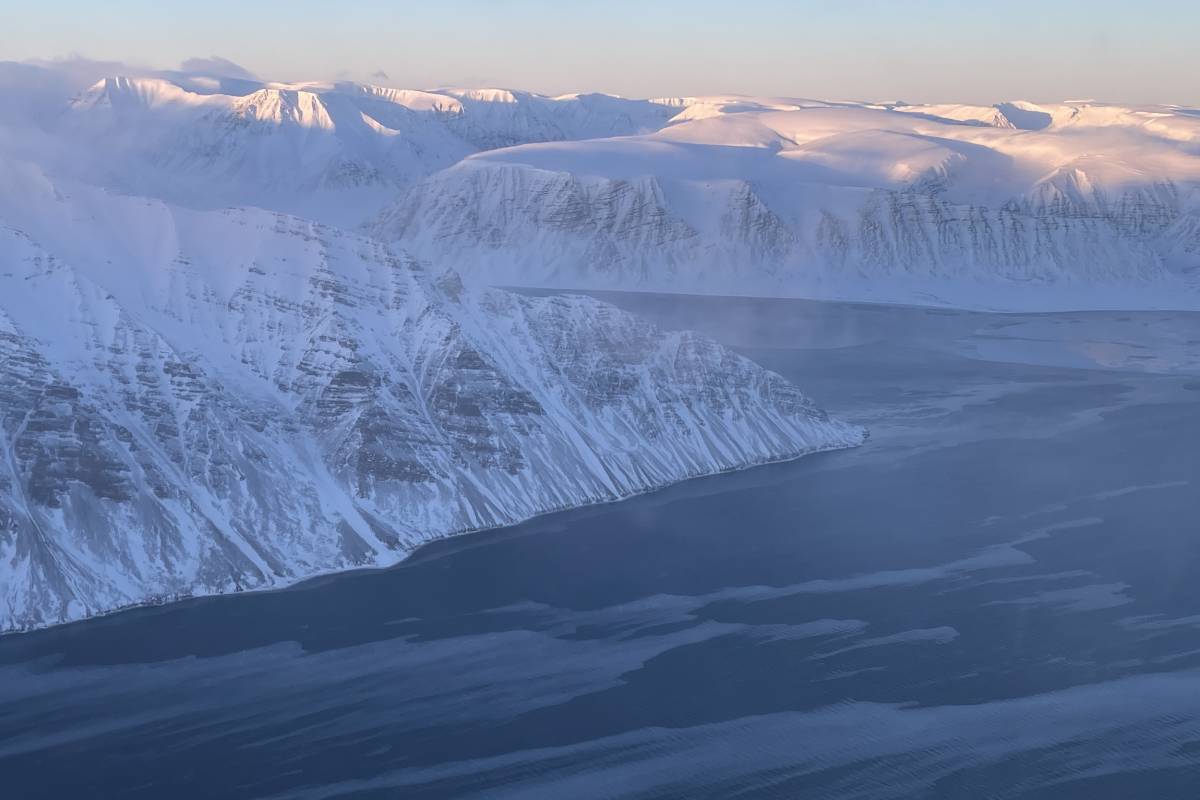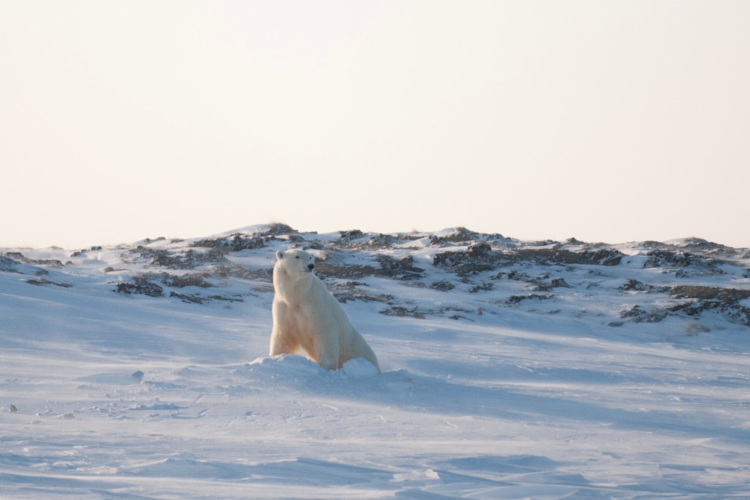Sea ice is a wonder
Think about it—in polar areas of the Earth, the cold can be so persistent that the top layer of the ocean freezes, creating a complex, floating platform that forms the basis of entire ecosystems! It’s a frozen ocean layer on top of liquid water. Like a thin film on a cooled-down cup of milk. So simple, yet so complex.
The Arctic sea ice is an essential substrate to the ocean algae growth, the feeding grounds for polar cod or the hunting platform for the polar bears. But it also helps to keep the Arctic cool (in all the meanings of the word). It separates the relatively warm ocean from the cold air, like a frozen lid on a steamy liquid.
Most importantly, the sea ice works like a giant (and a VERY effective) mirror!
How? What starts with elemental physics leads to processes of planetary-scale consequences. Light smooth surfaces reflect energy better than dark uneven ones. For the very same reason, we seek shade on hot sunny days under white shiny umbrellas (especially if we are wearing a dark T-shirt). We want the sun rays to be reflected away from us, so we don’t absorb the heat ourselves.
The sea ice serves like an umbrella to our planet. When it’s cold enough, the reflective sea ice builds up, covering up the dark absorbent waters. If the snow covers the sea ice, the mirror works perfectly, reflecting 90% of the sun's energy back into space!
If the sea ice is not there, dark open waters reflect only 7% of the radiation, over 10 times less than when sea ice is there. The remaining energy is absorbed by the ocean, further warming up our planet.


















